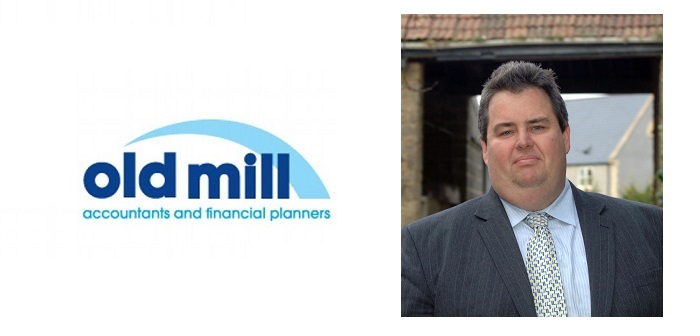The opportunity for farmers to apply the new five-year tax averaging rules to their business could prove “extremely beneficial” in 2016, according to rural accountants, Old Mill.
By using five-year tax averaging during the current “difficult trading conditions” farmers may be able to generate tax refunds on previous, more profitable trading years. In doing so, producers could free up cash to invest in the farm this year.
That’s the view expressed by Old Mill director, Mike Butler, pointing out that from April 6, 2016, farmers operating as sole traders or in a partnership will be able to average the tax year 2016/17 with the previous four tax years.
“Most farmers will have suffered a serious downturn in profitability in 2015/16 and potentially 2016/17, but averaging back will merge that with more profitable years,” said Mr Butler (pictured above). “Any profits brought forward from previous years will generate tax refunds, which could ease cash flow during the current difficult period.”
There is then the danger, of course, that producers will face an income tax liability this year as a result of bringing past profits forward.
“In that situation, it could present an ideal opportunity to invest in the farm, and take advantage of the 100% Annual Investment Allowance (AIA) for 2016, potentially slashing your tax bill to nothing.”
The AIA for 2016 is £200,000, meaning that investment in eligible plant and machinery can be completely written off against income tax up to that threshold. Over and above that level, investments are typically written down at 18% a year.
“Of course, there is never any circumstance where buying machinery can be advocated purely to save tax,” he added. “But a lot of businesses need to keep their machinery up-to-date or else they will soon become exposed to excess farm repairs and lack of reliability. If a machine is going to be changed then understanding how to get the most tax relief out of it will make all the difference.”




